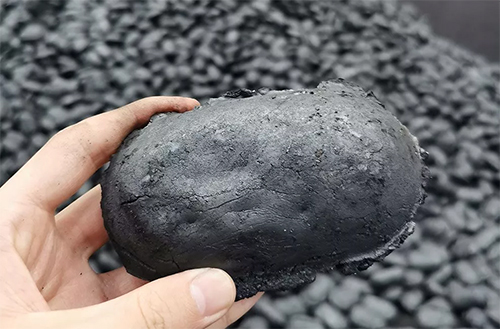How do you prepare carbon paste electrodes?
Carbon paste electrodes (CPEs) are commonly used in electrochemical research and analysis. They are versatile and can be easily modified for specific applications. Here’s a general guide on how to prepare carbon paste electrodes:
Materials Needed:
Graphite powder or carbon powder: High purity and finely ground.
Binding agent: Typically, paraffin oil or mineral oil is used.
Glass mortar and pestle: For mixing and grinding.
Weighing balance: To measure the quantities accurately.
Glass or plastic syringe: For packing the paste into the electrode body.
Electrode body: Usually a tube made of glass, plastic, or PTFE.

Procedure:
Weigh the Components:
Measure the desired amount of graphite powder. The ratio of graphite to the binding agent depends on the specific requirements of your experiment.
For a starting point, you might use a 9:1 ratio of graphite to binding agent.
Mixing:
Place the measured graphite powder in the mortar.
Add the binding agent slowly while grinding the mixture with the pestle. The goal is to achieve a homogeneous paste.
Continue grinding until the mixture has a consistent texture and color.
Transfer to Syringe:
Transfer the carbon paste to a syringe for easy handling and injection into the electrode body.
Filling the Electrode Body:
If your electrode body is a glass tube, use the syringe to carefully fill it with the carbon paste.
Compact the paste by tapping the electrode body on a solid surface to remove any air pockets.
Electrode Surface Smoothing:
After filling the electrode body, use a spatula or a smooth surface to level the paste at the open end of the electrode.
Optional Modification:
Depending on your experiment, you might modify the surface of the carbon paste electrode. For example, you can add specific modifiers or modify it with nanomaterials for enhanced sensitivity.
Allow to Set:
Let the electrode sit for a while to allow any remaining solvent to evaporate, ensuring a stable and compact carbon paste.
Polishing (Optional):
For some applications, you might want to polish the surface of the carbon paste electrode using a polishing cloth or other suitable materials to obtain a smooth and uniform surface.





